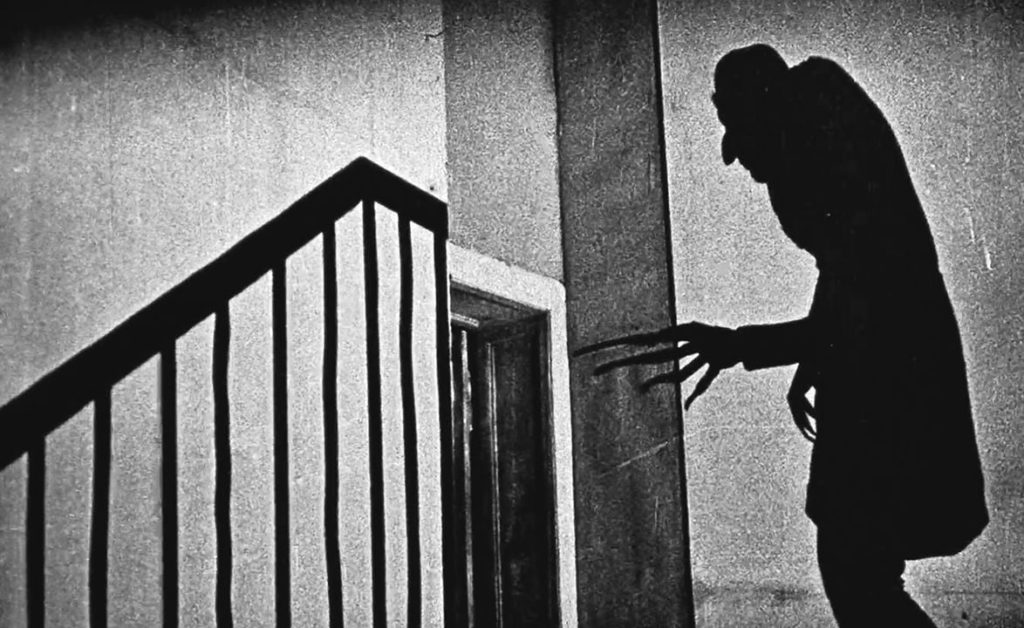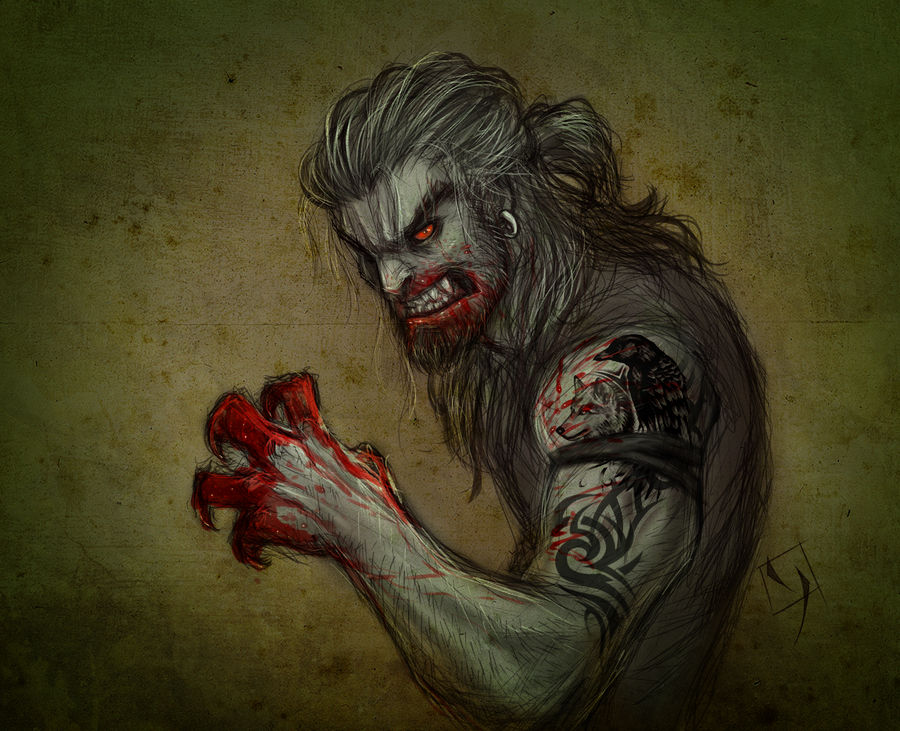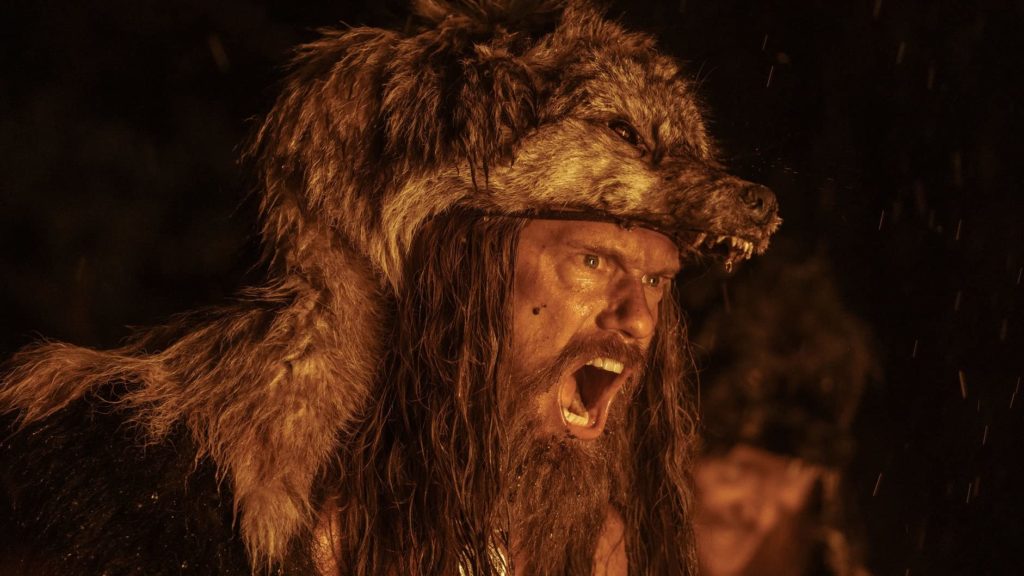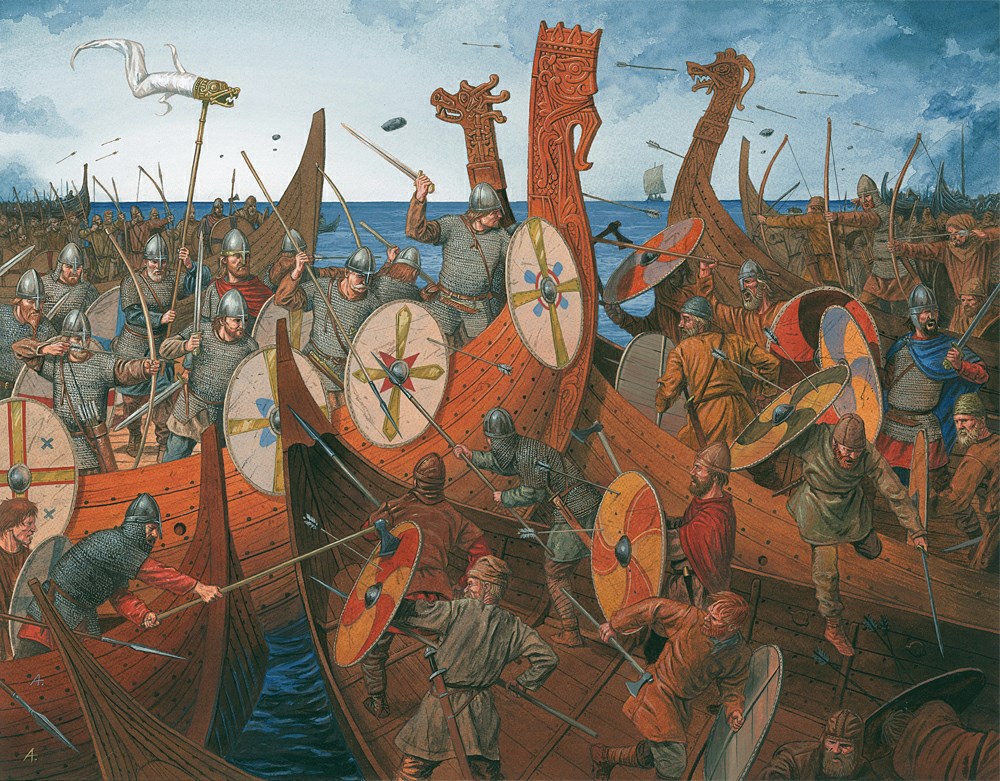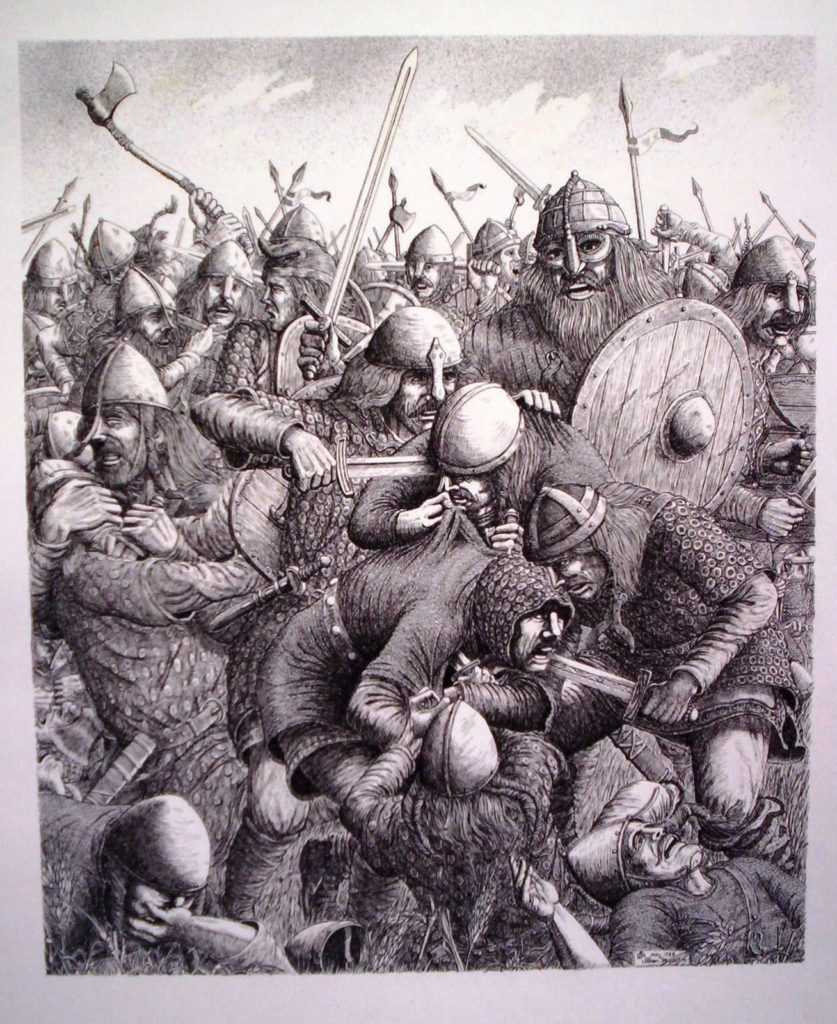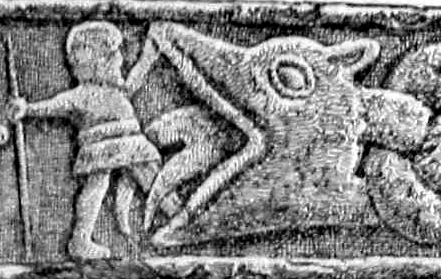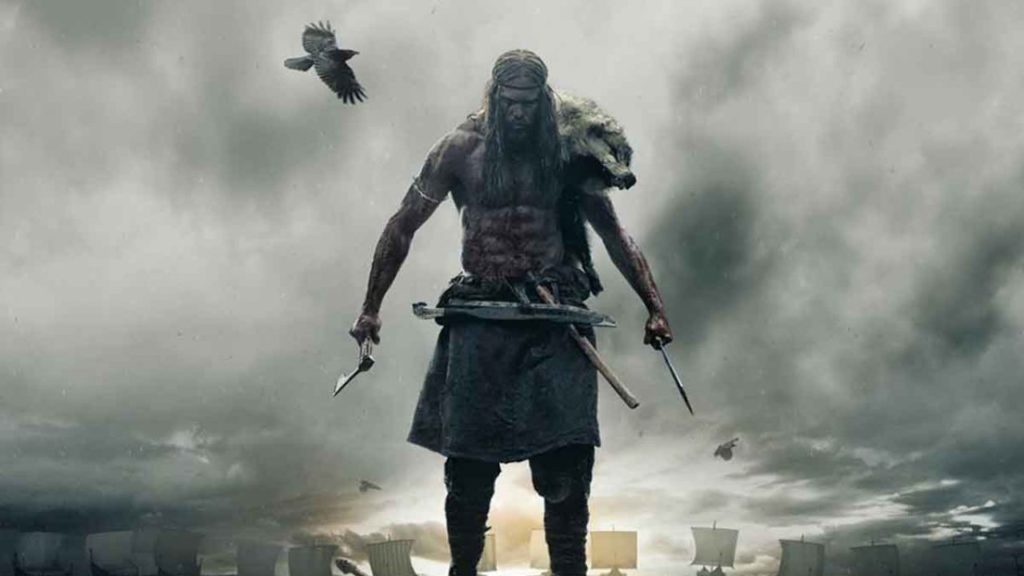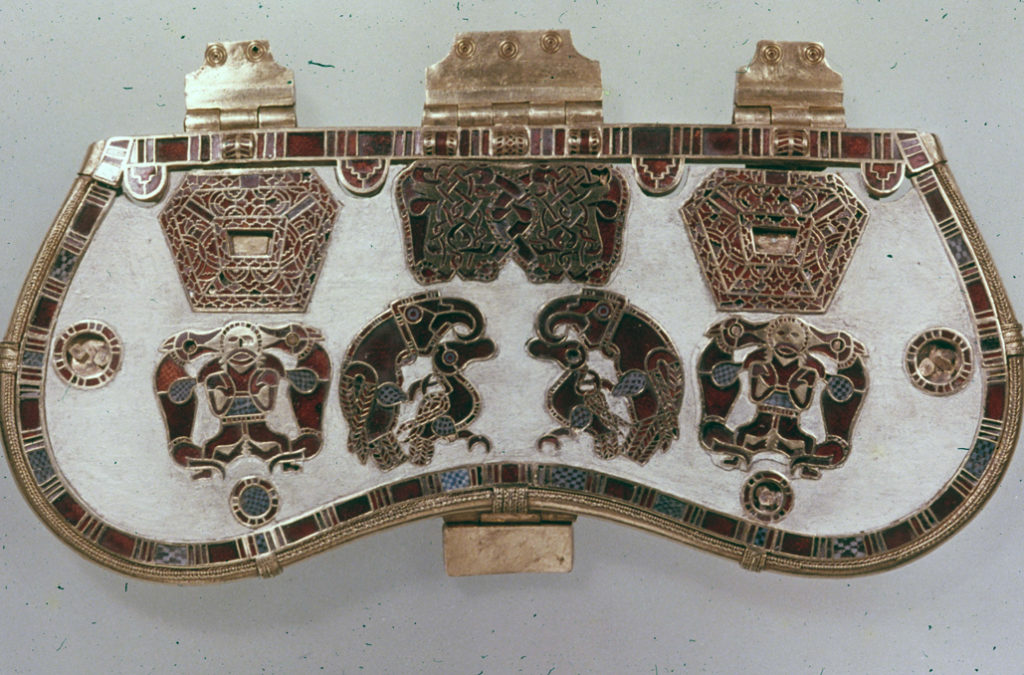Cost of living is a pressing issue faced by many people today. Inflation, gas prices, and housing costs all impact our quality of life. Recently these pressures have encouraged many people to move to areas where they hope to find better conditions. Large cities offer many conveniences. However, one’s home will not only be quite expensive, but also quite small. For the cost of a one bedroom condo in San Francisco, one could purchase a large house with a yard here in South Bend. Where one lives has a significant effect on the home they can have. This relationship between house size and location is not unique to today.
Those living in medieval Byzantium could not consult home listings from across the Empire. Nor was the freedom of movement that we have today in existence in the Middle Ages. However, there still existed significant variation in the size of village houses across regions. Villagers may not have simply been able to decide to move to an area that would provide their family with a larger house or greater resources, but clear differences in housing are preserved in the archaeological record.
Looking at the villages of the Byzantine Empire provides us with a fascinating glimpse of how location affected the houses of everyday people. Movement by villagers was restricted within Byzantium, but it did occur regularly. Most often this movement was spurred by necessity and not personal choice. After all, there was no simple way to compare houses from Anatolia and the Peloponnese. Further, the greatest impact on village houses was not the amount of money one could pay for them. The materials used to construct the house and local topography were the most significant factors. Most frequently, village houses were built by those who lived within them.
The physical location of one’s house would have a significant impact on its overall size. Often village houses were constructed on the slopes of hills or mountains. The steeper the incline, the smaller the house would be. Houses were most often rectangular in form and built perpendicular with the slope with the long sides of the house descending down slope. The short wall connecting these sides at the bottom of the slope served not just as a kind of retaining wall for the building, but needed to have a rather significant height in order to make a level platform for the second floor that was frequently included. If the incline on which the house was constructed was quite significant, this would limit the length that the house could be.

For example, if the elevation along the slope changed by 5 meters after a 10 meter distance, then a house with 10 meter long walls would require a 5 meter high wall at the bottom in order to make a level area for second floor. That would be quite significant, and in some cases might be impossible to construct. Further, the short wall would need to be even higher to accommodate the height of the second floor and support the roof. A shorter house than would be required on the slope.
Examples of how incline affects house size in the Byzantine village are found in the Mani peninsula. The Mani is the southernmost region of the Greek Peloponnese. The houses of the Byzantine village of Marathos are built along a steep mountainside. For the village of Sarania, the houses are built on a modest hill. While the houses of Marathos belong to a village that by all appearances had a longer and more prosperous life than Sarania, the houses here are generally smaller. In their original form, houses at Sarania are more than 10 m2 larger on average than houses at Marathos. Economic status of the settlements was not the determining factor in the size of the homes. Rather, it was topography that played the more significant role.
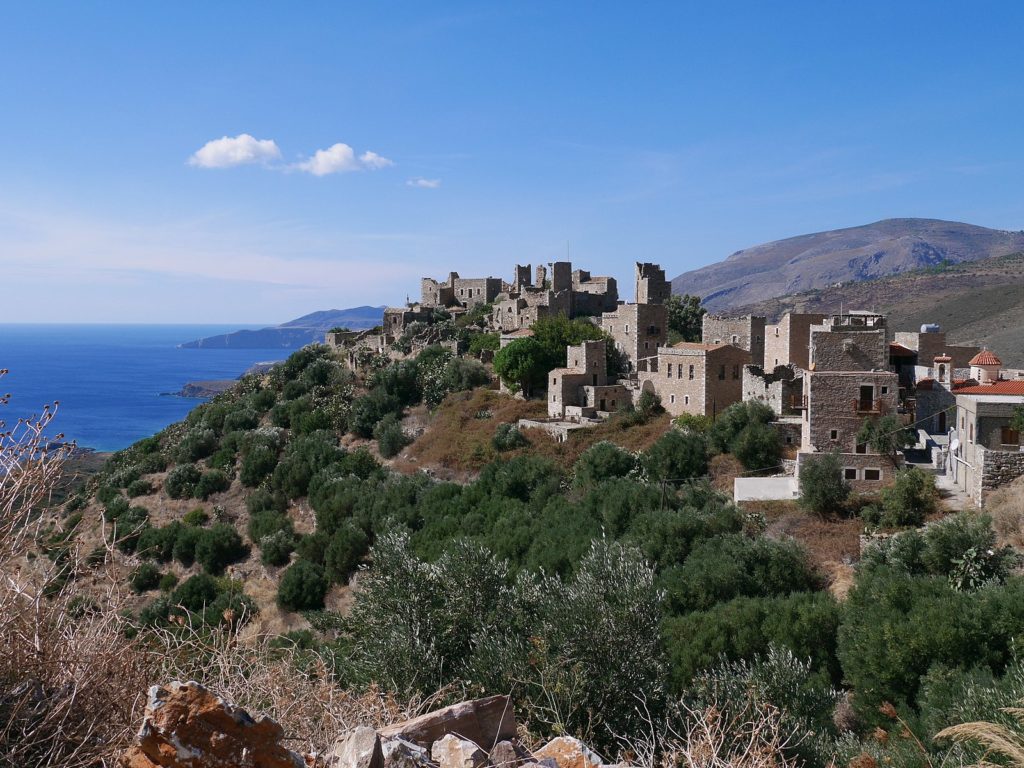
In addition to their local topography, the physical material that houses were made from would impact their size as well. The houses of the Mani were built in the “megalithic” style. Large, roughly cut blocks of local limestone formed the walls of the house. Stone was even used to span the houses, forming support for additional floors or the roof. The use of stone for this purpose would limit the width of the village house. In theory, one could make their house as long as they wanted, but it would still be relatively narrow. Materials would limit size.
Moving across Byzantium to Cappadocia in central Anatolia, modern Turkey, we come to one of the most unique landscapes in the medieval world. Here, houses, churches, monasteries, and more are all carved into the volcanic rock of the region. Carving one’s house from stone would seemingly provide less limitations on the overall form and size. Building material did not need to be acquired and the physical limitations of built architecture were absent. There were other factors to consider however. While the volcanic stone of the region is considered soft as far as rock goes, it requires specialized tools and labor to carve. Different limitations then were placed on the houses of villagers here. It was not the building material that constrained the size of the houses, but the labor one could employ.
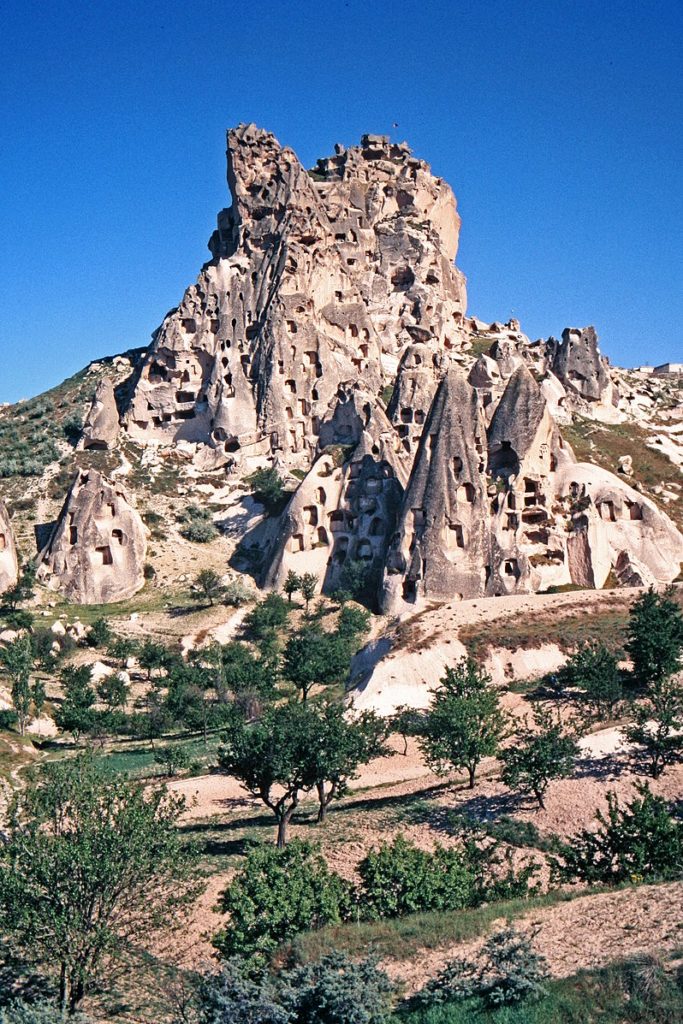
One can only imagine the thoughts that would go through the mind of a Byzantine villager who was able to observe the variation in housing within the Empire. How struck would they be by the different size of houses in one region compared to another? Would the rock carved homes of Cappadocia appear familiar or strange? Just as in the United States individuals working similar jobs can afford much different houses depending on their location, the housing of Byzantine villagers may be affected by similar dynamics. Other differences exist of course. Today, individuals working the same job may be paid differently based on where they live. However, anyone that has looked at house prices in the past year would see that these differences in pay are not proportional to the difference in the cost of housing. Villagers in one region of Byzantium may have had a better quality of life than those in another. The richness of Byzantine housing provides an important insight into these elements of daily life that reflect similarities of our experiences today.
Mark James Pawlowski
Byzantine Studies Post-Doc
Medieval Institute
University of Notre Dame
Further Reading:
Pawlowski, Mark James. “Housing and the Village Landscape in the Byzantine Mani,” PhD Diss. (UCLA, 2019)
Ousterhout, Robert. Visualizing Community, Art, Material Culture, and Settlement in Byzantine Cappadocia (Washington D.C., 2017).
Bouras, C. 1983. Houses in Byzantium. Δελτίον τῆς Xριστιανικῆς ἀρχαιολογικῆς ἐταιρείας 11: 1-26


